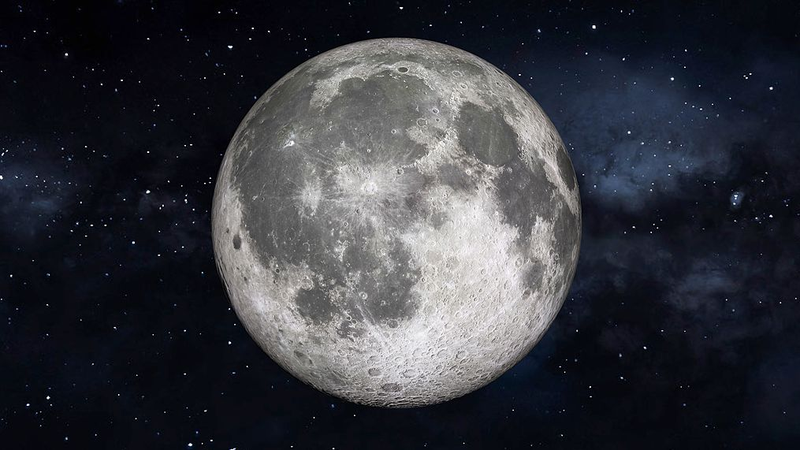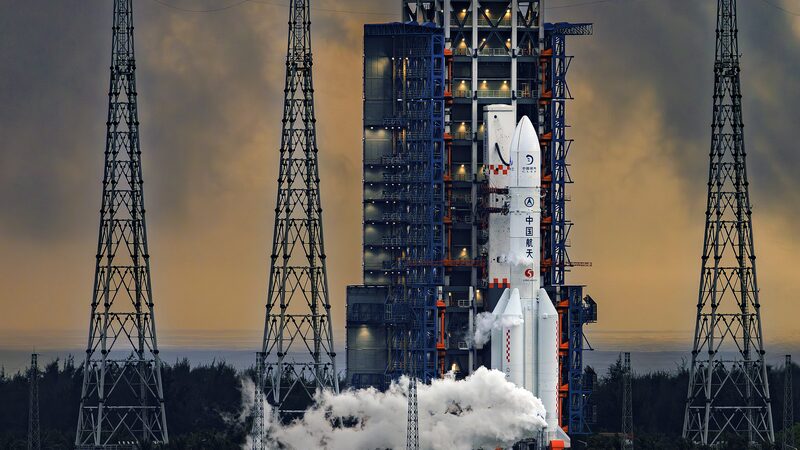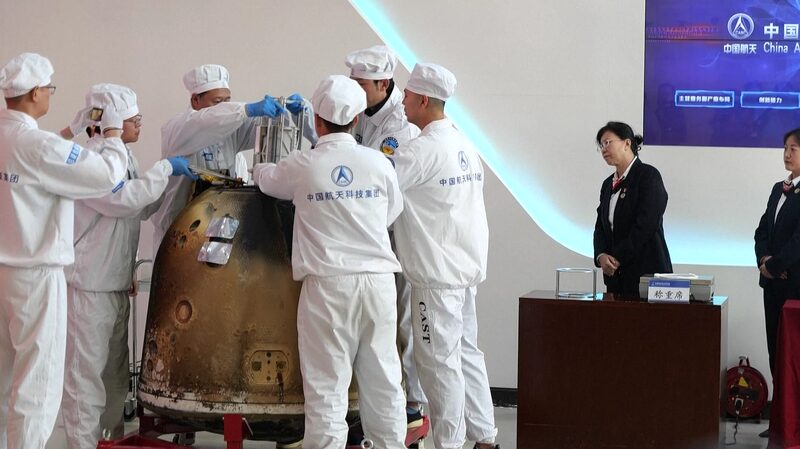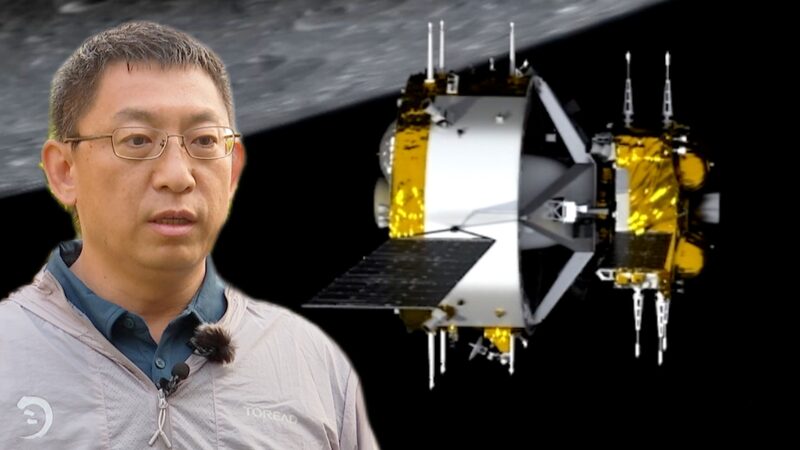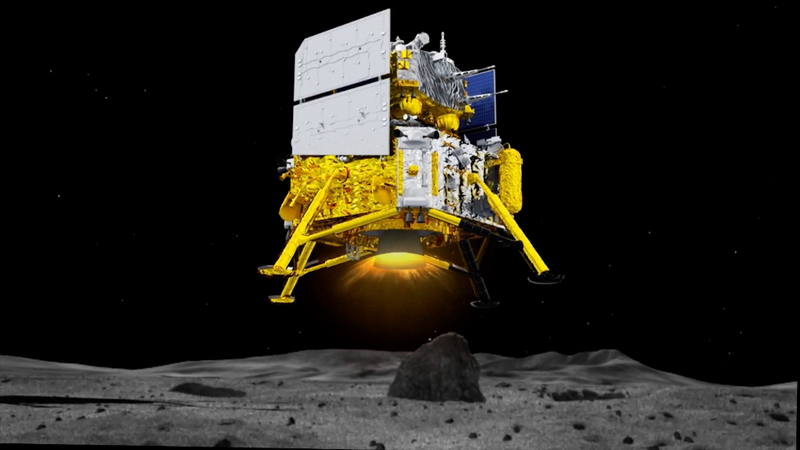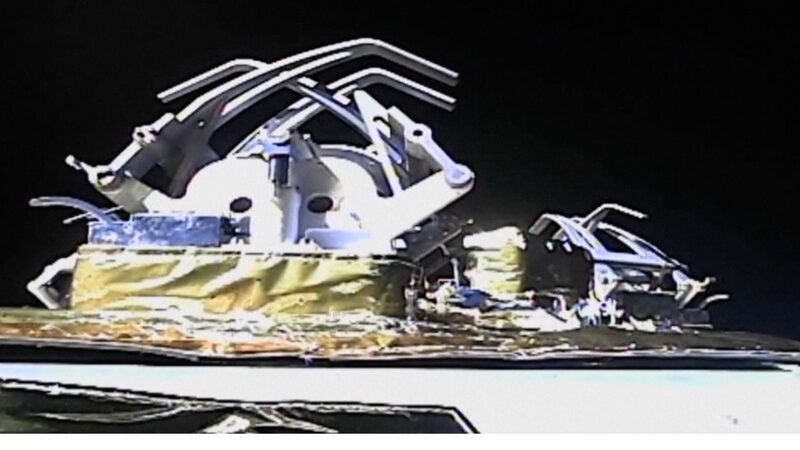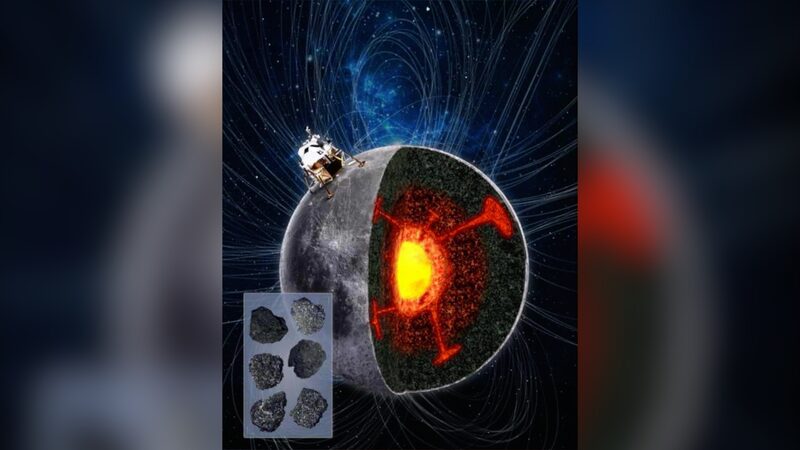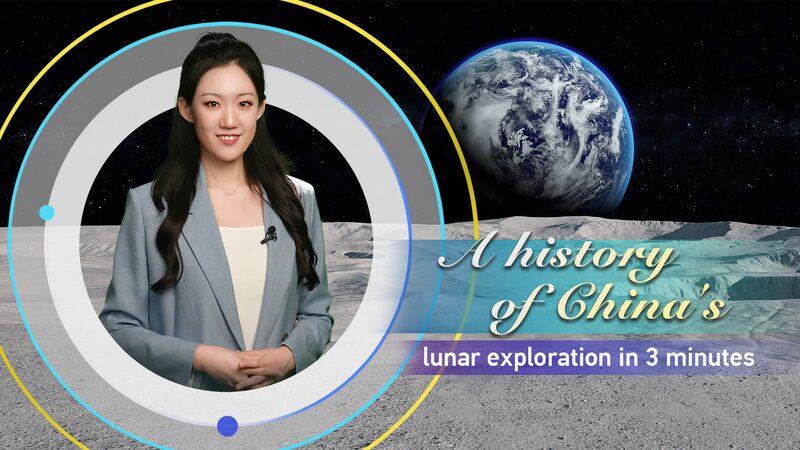As the world celebrates International Moon Day on July 20, China's 2025 achievements in lunar exploration are taking center stage, offering new insights into Earth's celestial neighbor and fostering unprecedented global collaboration.
New Discoveries From Lunar Soil
This June, lunar samples collected by China's Chang'e-5 and Chang'e-6 missions made their international debut at the United Nations headquarters in Vienna. Early analyses of these specimens have revealed volcanic activity patterns on the moon's far side and evidence of ancient cosmic collisions that reshaped lunar geology – findings that could rewrite textbooks on planetary formation.
Building Bridges Through Science
Marking China Space Day in April, authorities approved lunar sample loan requests from institutions in six countries, including France and the United States. The International Lunar Research Station (ILRS) initiative – now joined by 17 countries and 50+ research bodies – exemplifies China's push for shared lunar exploration. "This isn't just China's project," notes a Vienna-based space policy analyst. "It's becoming humanity's outpost."
Preparing for Human Landings
With eyes set on crewed moon missions before 2030, China tested its next-generation Mengzhou spacecraft in June, successfully demonstrating emergency abort systems. The progress comes as engineers finalize designs for moon-rated rovers and habitat modules.
As global space agencies align behind this year's "One Moon, One Vision, One Future" theme, China's technological strides and open-data policies are helping transform the moon from a geopolitical arena into a shared laboratory for humankind.
Reference(s):
cgtn.com
